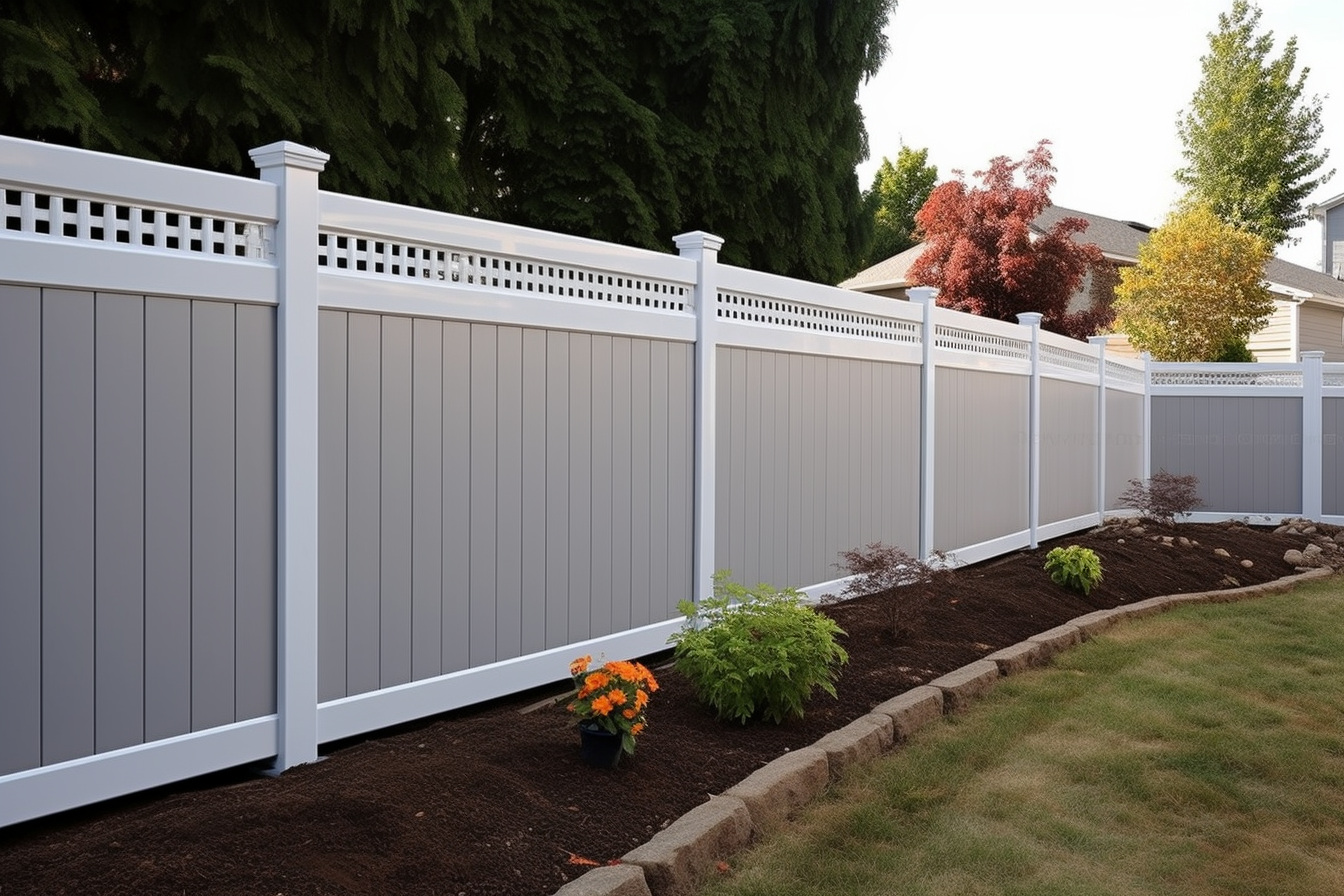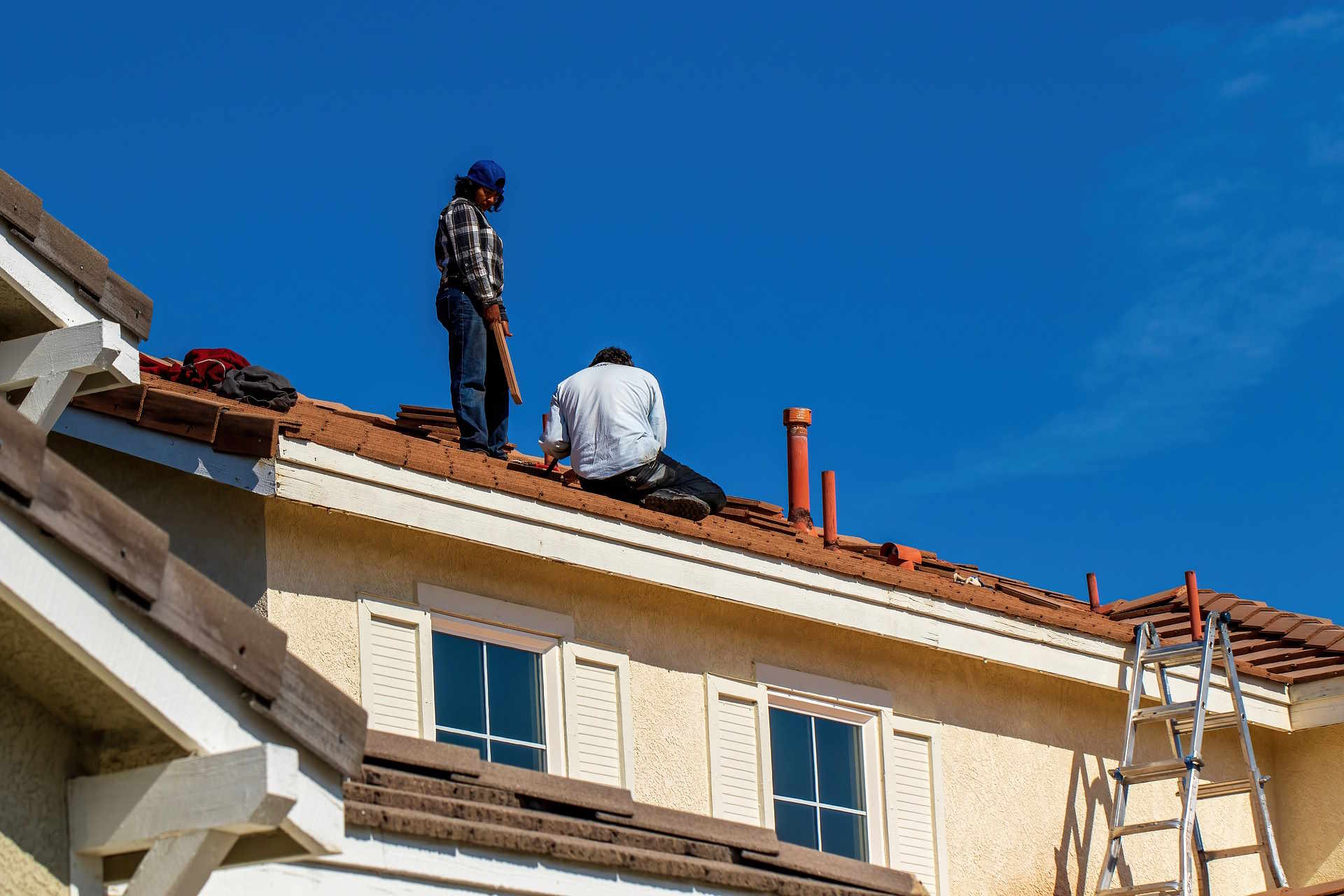Vinyl Fence Panels and Installation: What to Know About Costs, Materials, and Options
Vinyl fencing has become a popular choice for homeowners seeking durability, low maintenance, and a clean, modern look. Whether you’re comparing vinyl fence panels to composite alternatives or exploring installation options near you, understanding the factors that influence cost is essential. From material quality and design to labor and property layout, several details can affect your total investment. This article breaks down what you need to know before buying or installing vinyl fence panels — helping you make an informed decision that balances style, function, and long-term value.

Vinyl fencing has revolutionized the way homeowners approach garden boundaries, offering durability and minimal maintenance compared to traditional wood options. Whether you’re looking to enhance privacy, define property lines, or simply add aesthetic appeal to your outdoor space, vinyl fence panels provide versatile solutions with numerous style options. This guide explores everything you need to know about vinyl fencing—from material considerations and cost factors to installation options and long-term value.
Understanding What Affects Vinyl Fence Costs
The price of vinyl fencing varies considerably based on several key factors. Panel height significantly impacts cost, with taller privacy fences (6-8 feet) commanding premium prices compared to shorter decorative options. Panel thickness and quality also play crucial roles—premium vinyl with UV inhibitors and impact-resistant formulations costs more initially but offers superior longevity. The fence style itself—whether privacy, semi-privacy, picket, or ornamental—affects pricing due to material requirements and manufacturing complexity.
Geographic location influences both material and labor costs, with urban areas typically commanding higher rates than rural installations. Property characteristics present another consideration, as sloped terrain, rocky soil, or difficult access points can increase installation complexity and cost. Most homeowners can expect to pay between $20-40 per linear foot for vinyl fencing materials, with installation adding another $10-30 per linear foot depending on these variables.
Comparing Vinyl and Composite Fence Panels
While often confused, vinyl and composite fencing materials offer distinct advantages and considerations. Vinyl fencing consists primarily of PVC (polyvinyl chloride), creating a lightweight, hollow construction that resists moisture, insects, and rot. Composite fencing, meanwhile, combines wood fibers with recycled plastic to create a denser product that more closely mimics the look and feel of natural wood while offering improved durability.
Composite materials typically cost 15-30% more than standard vinyl but provide enhanced strength and a more authentic wood appearance. Vinyl excels in color retention and minimal maintenance requirements, while composite offers superior strength and sound-dampening properties. Environmental considerations may also factor into your decision—composite materials often incorporate recycled content, while vinyl production has a higher initial carbon footprint but offers exceptional longevity, potentially offsetting environmental impacts over time.
The Advantages of Professional Installation
While DIY installation remains popular among handy homeowners looking to save on costs, professional fence installation offers numerous advantages worth considering. Experienced installers bring specialized knowledge of local building codes, permit requirements, and property line considerations that can prevent costly mistakes or neighbor disputes. They also possess specialized tools and equipment that ensure precise post placement, level installation, and proper anchoring—particularly important for vinyl fencing, which requires exact measurements to accommodate thermal expansion.
Professional installers can typically complete a standard residential project in 1-3 days, compared to the weekends or weeks a DIY approach might require. They also provide warranties on both materials and workmanship, offering protection against installation defects. For properties with challenging terrain, professional installation becomes even more valuable, as experts can address drainage issues, navigate slopes, and ensure the structural integrity of your fence for years to come.
Balancing Style, Function and Long-Term Value
When selecting vinyl fencing, considering the balance between aesthetic appeal, practical functionality, and long-term value proves essential. Style options range from classic picket designs to modern horizontal patterns, with customization possibilities including post caps, lattice accents, and decorative gates. Color selection, while more limited than painted wood options, has expanded beyond basic white to include various earth tones, wood-grain textures, and two-tone combinations.
Function should guide your selection process—privacy fences require solid panels, while security concerns might necessitate taller designs or specialized gate hardware. Wind resistance becomes important in exposed locations, with reinforced posts and panels recommended for high-wind areas. When calculating long-term value, consider that quality vinyl fencing typically lasts 20-30 years with minimal maintenance, compared to wood’s 10-15 year lifespan with regular upkeep. This extended lifespan, combined with virtually no maintenance costs, often justifies the higher initial investment.
Vinyl Fence Cost and Provider Comparison
When evaluating vinyl fence options, comparing established manufacturers and providers can help ensure quality and value. The table below highlights several major vinyl fencing providers and their offerings:
| Provider | Material Quality | Price Range (per linear ft) | Warranty |
|---|---|---|---|
| Freedom Outdoor Living | Premium vinyl with UV protection | $25-45 | Limited lifetime |
| Veranda (Home Depot) | Mid-range vinyl | $20-35 | 20-year limited |
| WamBam Fence | DIY-focused vinyl systems | $22-40 | Limited lifetime |
| Bufftech (CertainTeed) | Premium vinyl with wood textures | $30-55 | Limited lifetime |
| Vinyl Fence Wholesaler | Various grades available | $18-42 | 20-50 years depending on product |
Prices, rates, or cost estimates mentioned in this article are based on the latest available information but may change over time. Independent research is advised before making financial decisions.
Installation Considerations and Best Practices
Proper installation fundamentally determines the longevity and appearance of vinyl fencing. Post spacing and depth represent critical factors—most vinyl systems require posts set 24-30 inches deep (below the frost line in colder climates) and spaced 6-8 feet apart. Concrete setting ensures stability, with proper mixing and curing time essential for structural integrity. Allowance for thermal expansion remains uniquely important for vinyl, which can expand and contract significantly with temperature changes.
Terrain considerations should be addressed during planning, with grading or stepped installation approaches for sloped properties. Gate installation requires particular attention to ensure proper operation and longevity, with reinforced posts and quality hardware recommended for frequently used entry points. While many manufacturers offer installation guides for DIY projects, consulting local building codes remains essential regardless of your installation approach, as requirements for height, setbacks from property lines, and permit needs vary significantly between municipalities.
Vinyl fencing represents a significant investment in your property that balances upfront costs against long-term benefits. By understanding the factors affecting pricing, material options, installation considerations, and design choices, you can select a solution that enhances your outdoor space while providing lasting value. Whether prioritizing privacy, security, aesthetics, or all three, today’s vinyl fence options offer versatility and durability that traditional fencing materials struggle to match.



